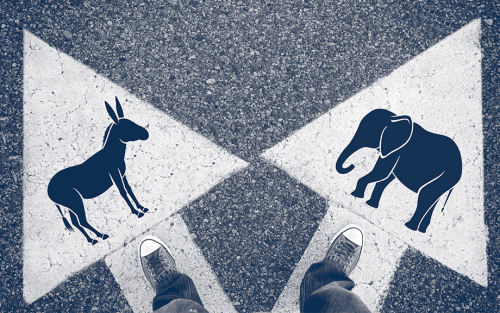Economic Expectations Grow Less Polarized since the 2016 Election

In two previous blog posts (here and here), we examined political polarization in economic expectations in the period immediately after the 2016 presidential election. Today, we begin a two-part series that revisits the issue. In this post, we provide an update on how economic expectations have evolved in counties that voted for Donald Trump in 2016 and counties that voted for Hillary Clinton.
Political Polarization in Consumer Expectations

Following the 2016 presidential election, as noted on this blog and many other outlets, Americans’ political and economic outlook changed dramatically depending on partisan affiliation. Immediately after the election, Republicans became substantially more optimistic relative to Democrats. In this blog post, we revisit the issue of polarization over the past twelve months using data from the New York Fed’s Survey of Consumer Expectations (SCE)—also the focus of a detailed technical overview in the latest edition of the Bank’s journal, the Economic Policy Review. The overview walks readers through the design and implementation of the survey, as well as the computation of the various statistics released by the SCE team every month.
The Capitol Since the Nineteenth Century: Political Polarization and Income Inequality in the United States
Even the most casual observer of American politics knows that today’s Republican and Democratic parties seem to disagree with one another on just about every issue under the sun










 RSS Feed
RSS Feed Follow Liberty Street Economics
Follow Liberty Street Economics